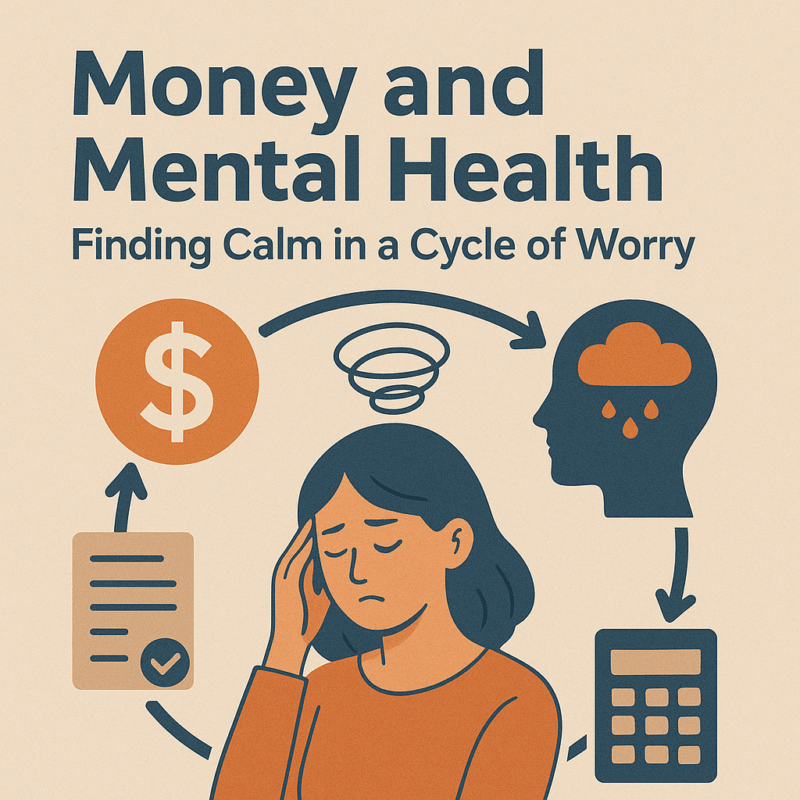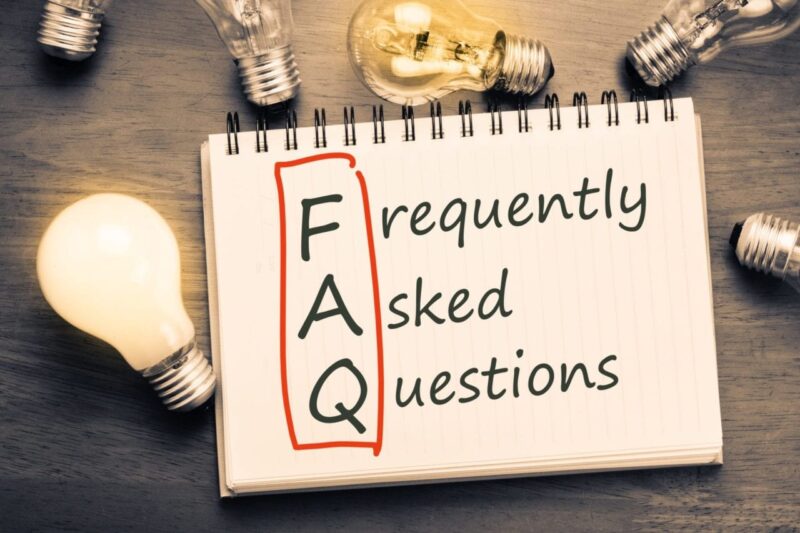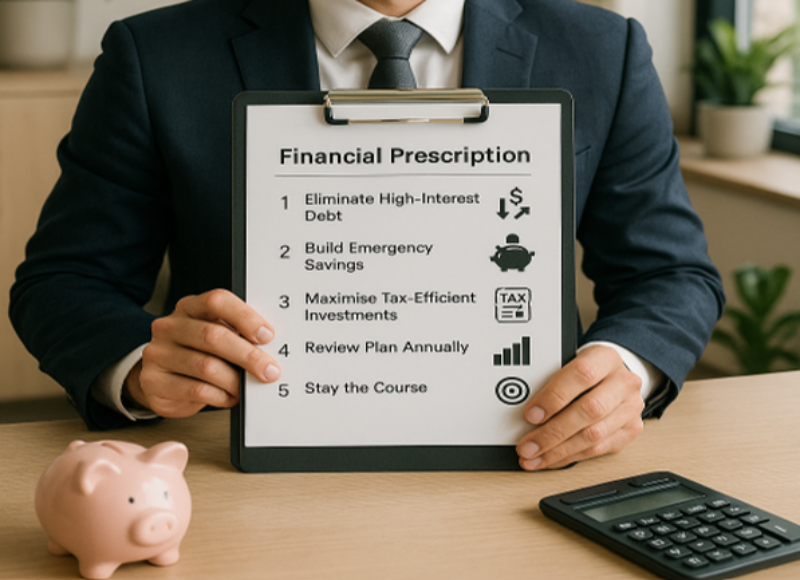A summary by Tina Weeks
Philip Hammond delivered his first Spring Budget as chancellor yesterday. We’ve taken a closer look at what he had to say and summarise the most important changes that will affect our clients. The good news is there were no significant tax or pensions changes in this Budget that will have any immediate impact:
Personal taxation
- The main rate of National Insurance contributions for the self-employed called Class 4 to increase from 9% to 10% in April 2018 and 11% in April 2019
- Class 4 National Insurance is levied on profits of more than £8,060 a year.
- The increases will apply to profits below £43,000.
- All Class 4 earnings above £43,000 will be taxed at 2%
- Class 2 National Insurance, a separate flat rate contribution paid by self-employed workers making a profit of more than £5,965 a year, is to be scrapped as planned by April 2018.
- No changes to National Insurance paid by the employed and employers or to income tax or VAT
- Personal tax-free allowance to rise as planned to £11,500 this year and to £12,500 by 2020.
How this affects you:
If you are self-employed, you’ll see an increase in your Class 4 National Insurance contributions. The new percentages come in to effect in April 2018 and April 2019 and apply only to your profits between £8,060 and £43,000. So, if your profits are £43,000 for example, your National Insurance contributions will rise by £349.40 to £3,494 in 2018 and by a further £349.40 to £3,843.40 in 2019. (Assuming earnings thresholds don’t change)
In contrast, this is the last tax year the self-employed will have to pay Class 2 contributions. At £2.80 per week, they will save £145.60 a year making the Class 4 increases a little easier to swallow.
No new changes to income tax were announced for anyone living in England and Wales. There were some changes for people living in Scotland. From April 2017, the amount anyone can earn before paying income tax (known as the personal allowance) rises to £11,500. The next £33,500 in income will be taxed at the basic rate of 20% moving the higher rate threshold to £45,000. This is in line with the government’s commitment to raise the personal allowance to £12,500 and the higher rate threshold to £50,000, by the end of this parliament.
Pensions and savings
- Reduction in the tax-free dividend allowance for shareholders and directors of small private firms from £5,000 to £2,000.
- The measure will come into force in April 2018.
- Measures to tackle abuse of overseas pension schemes.
How this affects you:
Business owners who take income as dividends will see an increase in the amount of tax they pay as the amount you can take tax-free (known as the dividend allowance) will reduce from £5,000 to £2,000 from April 2018.
At a dividend rate of 7.5% for basic rate taxpayers, this equates to an extra £225 in dividend tax.
The dividend allowance also applies to those who receive dividends income from share portfolios too but with a new ISA allowance of £20,000 from 6th April 2017, it will be possible for investors to use it to mitigate dividend tax.
Click here to read a full summary of the 2017 budget on the BBC.
We’ve come to expect changes to tax rates and allowances from successive Governments. How they impact on you is something you should be mindful of and certainly factor in to your financial planning. If the measures announced in this budget are a concern and you’d like to talk about it, please get in touch.




